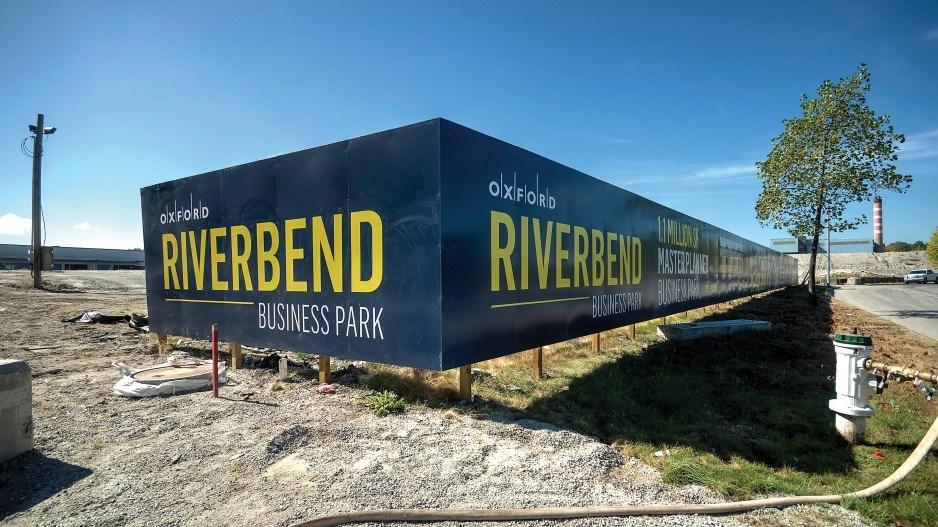Metro Vancouver is home to Canada’s busiest port, but if Burrard Inlet is the industrial heart of the region then the riverfront lands of East Richmond, Burnaby and New Westminster are surely its soul.
The development of mills in the first half of the 20th century set the stage for Burnaby’s wholesale rezoning in 1948 of the land south of Marine Way for industrial development.
The move allowed the area to become part of an industrial hub stretching east to Queensborough and Annacis Island. While the coastal forest sector’s woes have prompted the closure of several mills, the area’s historical importance and central location have underpinned its reinvention.
“You probably have one of the best-established existing industrial bases in the Vancouver market,” said Jeff Miller, vice-president, industrial with Oxford Properties Group, which acquired a 60-acre parcel formerly home to the Norampac mill in 2011. “It’s a great location, close to the city core [and] the transportation nodes.”
Years of site preparation, including extensive remediation work, have laid the groundwork for this fall’s launch of the first phase of Riverbend Business Park, which will deliver two buildings with 330,000 square feet of logistics space to the market in late 2017 – the single biggest addition of new industrial space to the market in years.
With local vacancies down a full percentage point from last fall (they’re now at 1.8%) and demand for well-located space high in Vancouver’s space-starved industrial market, the development is timely.
“The Burnaby marketplace hasn’t had new product like this come to market for quite some time,” said Kyle Blyth, vice-president, industrial sales and leasing with Avison Young. “Unfortunately, several large users that occupy space in Burnaby have been forced to locate to other markets because of that lack of new product.”
Arc’teryx recently relinquished space in Burnaby and consolidated its operations in a 230,000-square-foot building that Oxford developed within New Westminster’s Queensborough Logistics Park. Its central location was ideal because of its proximity to transportation networks.
The location was equally rare for Oxford, with Miller noting that development constraints in Metro Vancouver mean “it’s very difficult to find enough critical mass and land to put a 250,000 or 300,000-square-foot building.”
This has pushed developers such as Beedie Development Group, the other major supplier of space in south Burnaby, to offer smaller units as strata space; bay sizes range from 9,000 to 14,500 square feet.
Beedie recently sold out the first phase of Crescent Business Centre at 8218 North Fraser Way, which welcomes occupants this fall. A second phase with even smaller bays will soon launch. Ground-breaking is expected in early 2017.
Demand, as for other projects in the area, has run the gamut from the service industry to light manufacturing and logistics companies. “We’ve done a number of build-to-suits down there and obviously successfully sold out every one,” said Todd Yuen, president of Beedie Industrial. “There’s very little high-quality units servicing that 3,000-square-foot or even 5,000-square-foot bay type in a really high-quality building. We’re going to give it a try, and the market will tell us whether we’re right or not.”
Heron Business Centre, a two-building project with 132,250-square-foot buildings, is just in the planning stages. Beedie hasn’t filed a development application, however, because the property might accommodate a build-to-suit structure rather than strata. The plan would be to hold it for the long term.
“There was a real aversion from both the tenant market and the landlord side to ratchet rates up,” Yuen said, “but demand … and the economy [are] such now that we’re finally starting to see some good lease rates.”




